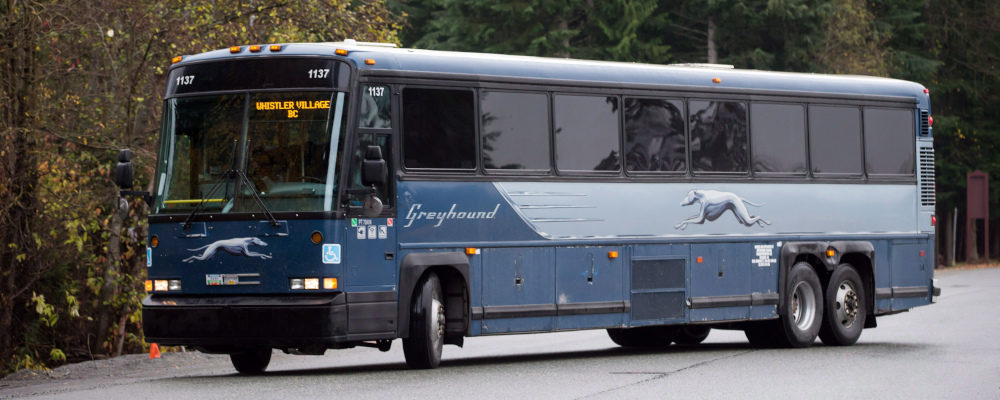In The Spirit of the Laws, one of the foundational texts in the history of liberal political thought, the French political philosopher the Baron de Montesquieu devotes significant attention to what might be called the “geography of political culture.”
Montesquieu was among the first to pay close attention to the ways that geography and climate shape human behaviour, which in turn shapes political and social culture. The thrust of Montesquieu’s analysis is that the significant variation in geography and climate across the world in turn creates much variation in political cultures and systems.
Many of the specific claims Montesquieu makes about various political cultures are outdated, but the fundamental insight that geography shapes political culture and institutions remains valid. This shouldn’t be controversial to Canadians. Ours is a country defined by geography, and geographic challenges.
MORE SIGNAL. LESS NOISE. THE HUB NEWSLETTER.
Canada is a sparsely populated transcontinental nation. The second largest country in the world, but only the 39th most populous. About 85 percent of the population lives within 160 kilometres of the U.S. border, spread out along a continent-wide strip. This population lives on different coasts, on open prairies, near towering mountains, next to Great Lakes. Our winters are mostly harsh and cold, while in some areas the summers are also hot and humid.
The fact that we are a sparsely populated place with harsh geography and an unforgiving climate sitting above a much larger global hegemon shapes Canada in significant ways. Our size and geography contribute to strong regional differences within Canada, and at times the idea of Canada as a single unified nation makes little sense.
Keeping Canada together means keeping it connected and overcoming the brute facts of our geography. This means transportation infrastructure plays a big role in both nation building and national preservation.
Canada’s own frontier spirit has often been focused on building transportation arteries that can connect Canada from coast to coast. Sir John A. Macdonald’s Conservatives won the 1878 election promising to connect Canada with a railway from coast to coast, a promise that eventually became the Canadian Pacific Railway, backed with significant public financial support.
The Trans-Canada Highway Act of 1949 led to the construction of a series roads and highways across the country to ensure there was a transcontinental road system that connected from coast-to-coast by road.
Pressure and decay on Canada’s transportation networks did not start with the pandemic.
Projects like national railways capture the imagination, but keeping Canadians connected today requires much more than just building transportation arteries between major cities. It requires connecting Canadians in remote and less populated towns and regions with the rest of Canada and making sure the country doesn’t just become a few overpriced metropolises spread out over continental flyover country.
But the pandemic has put serious pressures on Canada’s remote transportation links. This shouldn’t come as a surprise, after all, governments have spent the last year discouraging mobility and travel around the country. Provinces have done what was previously unthinkable and closed their internal borders. But there is a serious possibility that the drawback of local and regional links may end up being permanent and that’s something that should concern us.
During the pandemic Canadian airlines were “operating at about 10 percent to 20 percent of their usual capacity… Air Canada has suspended all flights to 25 of its 60 domestic airports, including Prince Rupert, B.C., Fredericton, N.B., and Yellowknife. Many cities and towns, including Sydney, N.S., are left with no commercial airline service.” And it’s not just air travel. In May, Greyhound announced it was closing up shop in Canada.
While the pandemic has exacerbated these problems, it’s important to note that pressure and decay on Canada’s transportation networks did not start with the pandemic. Greyhound might have just announced a Canada-wide closure, but in 2018 it had already decided to suspend service in Western Canada.
Most of the regional airports and routes should reopen once air travel resumes, but this is far from guaranteed and is an important part of federal negotiations with airlines for a COVID-related bailout. But even if these lines are restored, domestic air travel in Canada ranks among the most expensive anywhere in the world. Coverage gaps and affordability present significant barriers to internal travel in Canada, and this is something we should think about.
Why? Well because a country in which it’s hard or too expensive to travel in will increasingly become what Scott Gilmore has rightly called “a nation of strangers.” We tend not to travel, move, or vacation within our vast nation. We go south or across seas for our vacations, and we’re much less likely than Americans to move outside of our provinces.
Part of this is undoubtedly cultural. We are a regional country in ways that America is not. But there are material and geographic reasons for this too, and the danger in letting our internal transportation networks further decay is that we become more and more estranged from one another, and thus less likely to see a reason to stay together. Regional alienation is likely to follow from regional isolation and estrangement.
Some regional and local bus companies have already indicated they are interested in stepping up and replacing Greyhound. Rideshare technologies could also help play a role in filling network gaps. The high costs of domestic air travel in Canada are in large part because of minimal domestic competition and expensive taxes and fees associated with air travel. Opening up domestic air travel to more competition as well as limited government support for routes to places that are not commercially viable could help make Canadian air travel more affordable and accessible.
The pandemic has made us more regional and more provincial. Coming out of COVID and “building back better” should include bringing us closer together again.
Our geography presents significant challenges to national unity, and it’s something we are always going to have to work to overcome. A country full of various regions increasingly estranged from one another is one that may just slowly drift apart.
Finding ways to encourage internal travel by making Canada more accessible (and travel more affordable) to Canadians is one small thing we can do to help make sure this doesn’t happen.




